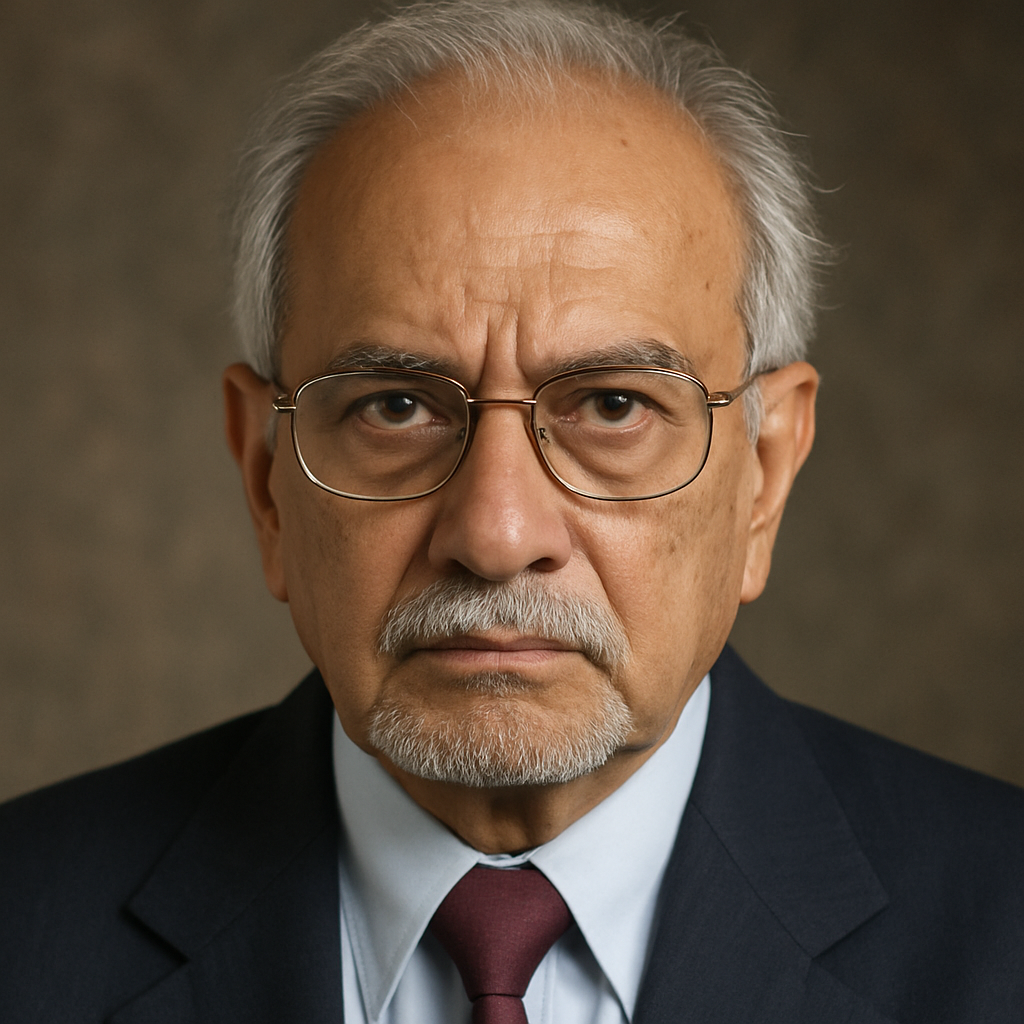Mumbai Roots & American Dream
Born on April 11, 1944 in a Parsi family in Bombay (now Mumbai), Noshir Sheriarji Gowadia displayed precocious talent from a young age—reportedly holding something akin to a PhD in hand by age 15 He moved to the U.S. in 1963 to study aeronautical engineering, became a citizen in 1969, and in 1968 joined Northrop—later Northrop Grumman—as a design engineer

Behind the B‑2 “Spirit”
Gowadia quickly became instrumental in the B‑2 bomber’s stealth propulsion system—notably its radar‑absorbent exhaust nozzle and infrared suppression . Known internally under the codename “Blueberry Milkshake,” he once professed, “The entire geometry came from me” The B‑2 remains one of the world’s most advanced stealth aircraft—capable of delivering 40,000 lbs of ordnance over 10,000 nautical miles while maintaining near‑invisibility to radar and heat sensors
Turning Point: Financial Strain & Espionage
Retiring in 1986 due to health, Gowadia then launched a consulting business but lost his security clearance in 1997, exacerbating his financial woes. He purchased a $3.5 million mansion in Maui with hefty mortgage payments ($15k/month)
Unable to sustain his lifestyle, between 2003–2005, Gowadia traveled to China six times—under aliases like “Catch a Monkey”—offering expertise on stealth exhaust nozzles for cruise missiles In return, he received at least $110,000, via offshore and Swiss bank accounts
Raid, Arrest & Confession
In October 2005, FBI and AFOSI agents raided his Maui villa, seizing around 500 pounds of classified materials—documents, electronics, hard drives Confronted, Gowadia admitted:
“On reflection what I did was wrong to help the PRC make a cruise missile. What I did was espionage and treason”
Conviction & Sentence
Gowadia stood trial in 2010 in Honolulu, where he was convicted on 14 of 17 charges, including espionage and violation of the Arms Export Control Act In January 2011, he was sentenced to 32 years in Colorado’s supermax (ADX Florence)
Global Fallout: China’s Stealth Leap
Investigative media link Gowadia’s disclosures to China’s rapidly developing stealth programs. In May 2025, satellite imagery showed a B‑2–style flying‑wing drone at Malan, Xinjiang—possibly a precursor to the H‑20 bomber Analysts argue the aircraft’s stealth exhaust system echoes design principles leaked by Gowadia
Why This Still Matters
- Defence Integrity: Gowadia’s case ranks among the most serious espionage breaches in U.S. history .
- China’s Military Edge: His leaks may have accelerated China’s stealth capabilities, fueling high‑stakes geopolitical rivalry.
- Modern Espionage Warning: The case underscores how insider threats, personal grievances, and financial distress can compromise national security—even at the highest technical echelons.
From celebrated designer of America’s premier stealth aircraft to a convicted spy, Noshir Gowadia’s journey echoes a cautionary tale of brilliance, betrayal, and fallout. His actions not only shook U.S. defense circles but also may have empowered a strategic rival, forever altering the stealth tech landscape.
foe such more like this post click here
Noshir Gowadia’s case highlights how even individuals with exceptional technical talent can betray national interests for personal gain. His espionage was not limited to China; investigations revealed he also tried offering classified information to other foreign governments. What’s alarming is that his leaks may have directly contributed to China’s advancements in stealth missile technology, potentially altering global military balances. Intelligence experts consider this one of the most damaging espionage cases involving U.S. military technology. Despite his achievements, Gowadia’s name is now associated with betrayal rather than brilliance. His story serves as a critical reminder of the importance of safeguarding sensitive defense secrets, especially in an era of rising geopolitical competition.
His actions not only endangered U.S. security but also empowered China’s military programs, marking a significant blow to global stability.
